Introduction
Used properly, ramps can be a safer alternative to raising your vehicle with a jack and jack stands. Ramps can also be easier and faster, especially if your car sits low to the ground where it's difficult to see the jack points.
Keep in mind that your vehicle won't be level when using ramps, since you can only use ramps at one axle. Therefore, ramps aren't advised for changing fluids (such as motor oil) because having the vehicle tipped up at an angle can prevent fluids from draining fully.
This guide can be completed by a single person, but it's helpful to have a friend spot you from outside the vehicle as you drive it up the ramps.
If you'd rather raise your car or truck using a hydraulic jack and jack stands, follow this guide instead.
Tools
-
-
To begin, park your vehicle on a firm, level surface such as concrete or asphalt.
-
Center the steering wheel so that the front wheels point exactly straight ahead.
-
-
-
Slide the first ramp directly in front of the vehicle's front, driver-side wheel, until it touches the rubber of the tire.
-
-
-
Put the second ramp into position directly in front of the vehicle's front, passenger-side wheel.
-
-
-
Make sure each ramp is centered in the path of the tire so that once the vehicle moves forward, both wheels will stay completely supported by the ramps.
-
-
-
With the motor running and your vehicle in gear, begin slowly driving it straight forward onto the ramps.
-
Slowly and steadily apply more throttle until the vehicle begins creeping up the ramps.
-
-
-
Continue driving slowly up the ramps until your vehicle levels out, and then stop immediately.
-
You can either find the correct place to stop purely by feel, or you can have a friend spot you from outside the vehicle.
-
If you don't make it all the way up the ramps on the first try, that's okay—it can take several tries to get a feel for how the vehicle responds on the ramps. Let it roll back down, stop at the bottom, reposition the ramps and try again.
-
-
-
With the front wheels in final position at the tops of the ramps:
-
Put the vehicle in Park (or first gear if you have a vehicle with a manual gearbox).
-
Set the parking brake.
-
Turn off the ignition and remove the ignition key.
-
When your repair is complete, remove the wheel chocks and any other tools/obstructions before carefully backing your vehicle down and off the ramps.
9 comments
G’day Jeff
Thanks for the great guide! Very clear.
Question: Is it a bad idea to use just one ramp?
Say, for an oil change.
Stephen
Thanks for the guide, does the same ramp work for a regular sedan and an SUV? or it has to be different height? thanks
Hi Dikran,
You can use the same ramp for either vehicles. Be sure to check whether the ramps can handle the SUV’s weight.
Good stuff. I still use ramps to change my oil simply because the amount of oil left in the vehicle due to the angle is negligible. 1 cup of oil remaining when I’ve removed and are adding in 4-5 quarts (16-20 cups) really isn’t a big deal unless you’re anal retentive.
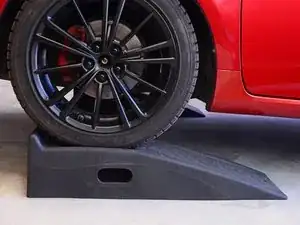
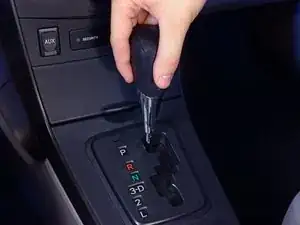

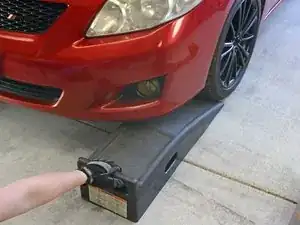
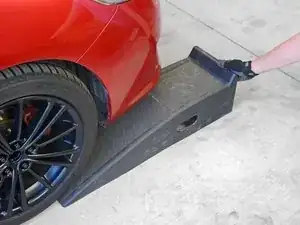
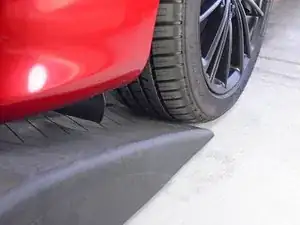

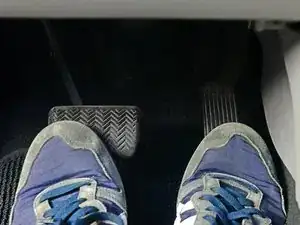
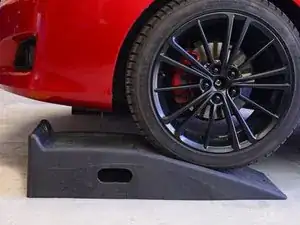

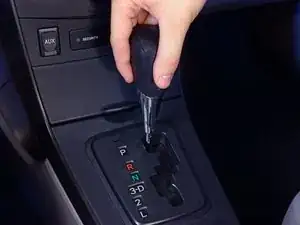
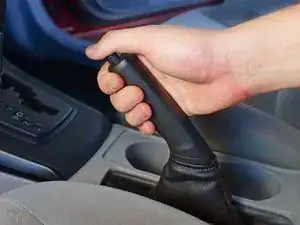
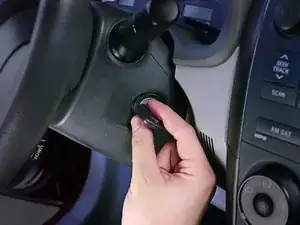
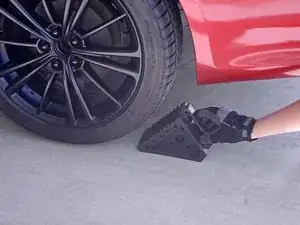
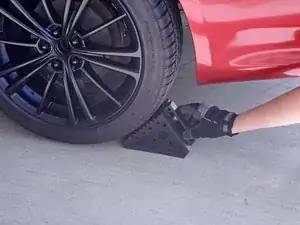

This is incorrect. Put the vehicle in Neutral so it can nestle into the cradle of the ramp. This prevents overdrive and failure of the ramp.
THEN put the vehicle in Park and apply the emergency brake.
Mark Lennox -